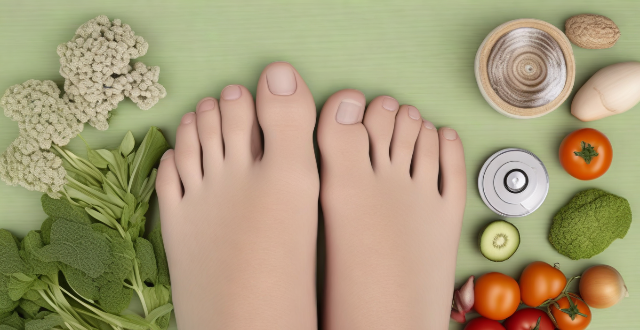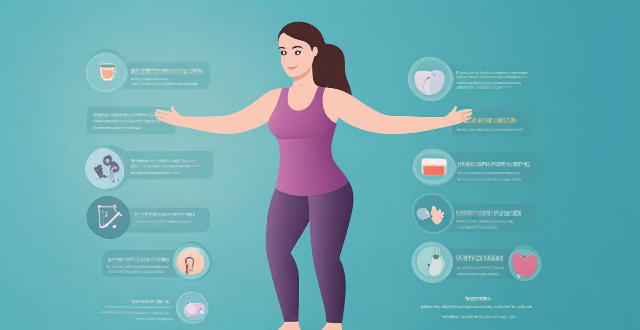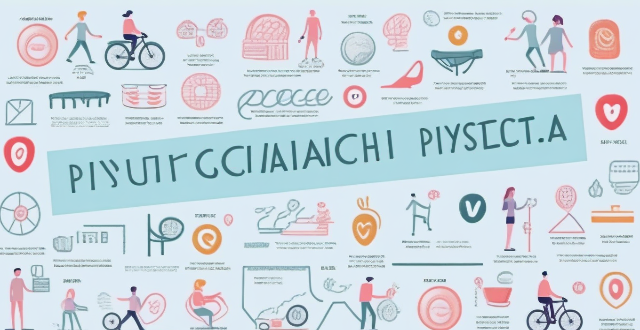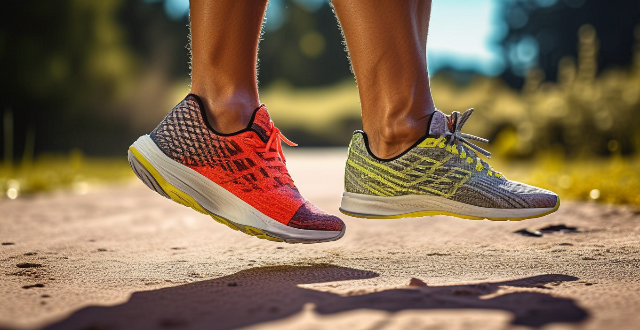Foot Swelling

What are the consequences of neglecting foot hygiene ?
The text discusses the various consequences of neglecting foot hygiene, including physical health risks such as athlete's foot, toenail fungus, ingrown toenails, blisters and calluses, plantar warts, smelly feet (bromodosis), corns, bunions, gout, cellulitis, diabetic foot ulcers, deep vein thrombosis (DVT), and peripheral neuropathy. It also addresses mental health impacts like embarrassment and self-consciousness, anxiety, and stress. The text provides detailed descriptions and prevention tips for each issue, emphasizing the importance of good foot care habits to maintain overall foot health.

What is the best way to treat a sprained ankle on the spot ?
Resting the ankle is the first step in treating a sprained ankle. This will help reduce swelling and pain. Ice can also be applied to the affected area for 20 minutes at a time, several times a day, to reduce inflammation. Compression helps to reduce swelling by keeping fluid from pooling in the injured area. A compression bandage or ACE wrap can be used to provide this support. Elevating the ankle above the level of the heart can help reduce swelling by allowing blood to flow away from the injury site. It is important to keep the foot elevated when resting, but not necessarily while walking. Over-the-counter pain relievers such as ibuprofen or naproxen can be used to reduce pain and inflammation. However, it is important to follow the dosage instructions and avoid taking too much. If the sprain is severe, physical therapy may be necessary to restore range of motion and strength in the ankle. A physical therapist can create a rehabilitation plan tailored to the individual's needs. In rare cases, surgery may be required to repair damaged ligaments or tendons. This is usually only recommended if other treatments have failed.

Can exercise help reduce common pregnancy discomforts like back pain and swelling ?
Exercise can help alleviate common pregnancy discomforts like back pain and swelling by strengthening core muscles, improving posture, enhancing flexibility, promoting circulation, and reducing fluid retention. However, it's important to consult with a healthcare provider before starting any exercise program during pregnancy and follow safety precautions such as starting slowly, avoiding high-impact activities, staying hydrated, and listening to your body.

How do I know if I have a sports injury ?
Sports injuries can occur during physical activities or sports, and it is important to recognize the signs and symptoms to ensure proper treatment. Common symptoms include pain, swelling, stiffness, weakness, and instability. There are various types of sports injuries, such as sprains, strains, fractures, contusions, and dislocations. Seeking medical attention for a sports injury is essential to promote healing and prevent further damage. Treatment may include rest, ice, compression, elevation (RICE), physical therapy, medication, or surgery.

What are some common sports injuries and how are they treated with sports medicine ?
This article discusses common sports injuries and their treatment in sports medicine. It covers sprains, strains, fractures, dislocations, concussions, rest and ice, compression and elevation, physical therapy, surgery, and rehabilitation. The article emphasizes the importance of understanding these injuries and seeking appropriate care to prevent them and promote recovery.

How important is footwear when it comes to running techniques ?
Footwear plays a crucial role in running techniques, improving performance and reducing the risk of injuries. Proper footwear should provide cushioning, support, fit, comfort, traction, grip, breathability, and durability. To choose the right pair of running shoes, consider your foot type (neutral, flat, or high arches), running style (heel striker, midfoot striker, or forefoot striker), terrain (road or trail), and distance. Try before you buy to ensure proper fit and comfort.

How can I select the right pair of ski boots ?
Ski boots are an essential piece of equipment for any skier. Here are some tips to help you choose the perfect ski boots: 1. Determine your skiing ability level. 2. Consider your foot type. 3. Look for proper fit and comfort. 4. Check for proper support and control. 5. Try before you buy. 6. Consider customization options.